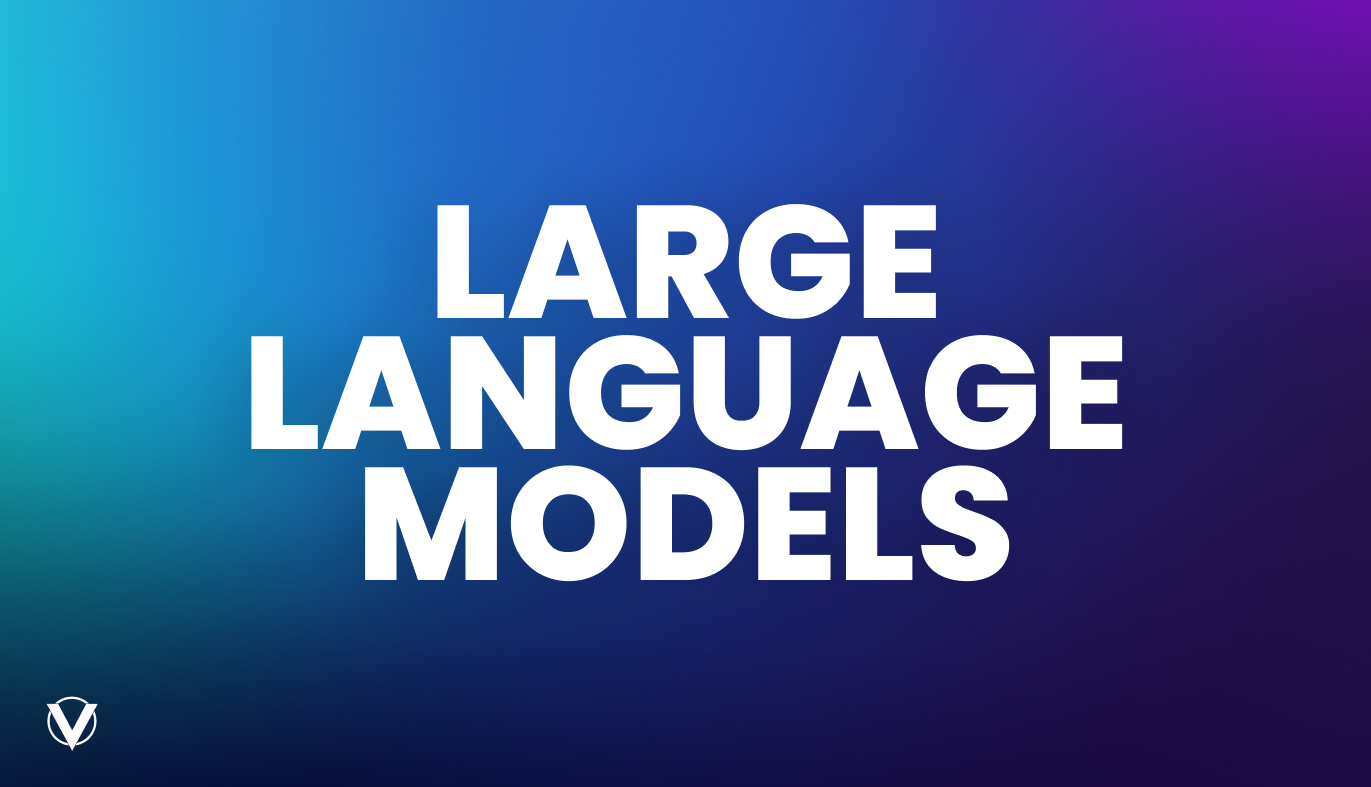The Versatile Power of Large Language Models: Exploring Major Use Cases and Their Trade-offs

As we delve deeper into the realm of artificial intelligence, one of the most impactful developments is the rise of large language models. These sophisticated tools, designed to understand and generate human-like text, have a myriad of applications spanning diverse fields. This article provides a comprehensive analysis of the key factors impacting their major use cases, including customer service, education, healthcare, legal, and marketing. We will also discuss the trade-offs and challenges associated with these different approaches, highlighting the importance of informed decision-making when choosing a language model.
An Overview of Large Language Models
Large language models, such as OpenAI's GPT-3 and Google's BERT, are AI models trained on vast amounts of text data. Their capabilities range from understanding context in a conversation, translating languages, to even generating human-like text. The implications of these capabilities are far-reaching, with applications in various sectors.
Major Use Cases: From Customer Service to Marketing
One of the significant applications of large language models is in customer service. These models can power chatbots and virtual assistants, providing fast, accurate, and personalized responses to customer inquiries. However, the trade-off here is the lack of human touch and potential misunderstandings due to the limitations in understanding complex human emotions and intentions.
In education, large language models can help develop intelligent tutoring systems, providing personalized learning experiences for students. While this promises a more scalable education solution, the risk lies in ensuring the accuracy and appropriateness of the content generated.
In the healthcare sector, large language models can assist in analyzing patient records and medical literature, providing recommendations or aiding in diagnoses. However, the stakes are high, as inaccurate or misinterpreted information can have serious consequences.
Legal professionals can use large language models to analyze legal documents, contracts, and case laws, which can automate some aspects of legal research. But the nuanced and critical nature of legal work means that outputs must be thoroughly reviewed for accuracy.
Lastly, in marketing, language models can generate creative marketing content and analyze consumer sentiment. The challenge here lies in ensuring that the content remains authentic and resonates with the target audience.
Challenges and Considerations
Despite the impressive capabilities of large language models, their use is accompanied by several challenges. One notable issue is the risk of bias, as these models can inadvertently reproduce biases present in their training data. This risk underscores the importance of carefully curating training data and monitoring model outputs.
The selection of an appropriate language model often depends on the user's specific needs and constraints. While more powerful models can generate higher-quality outputs, they also require more computational resources, thus increasing costs.
Conclusion
Large language models offer transformative potential across various sectors, from customer service to marketing. However, their implementation is not without challenges, and users must carefully weigh the trade-offs. By considering factors such as performance, cost, and the potential for bias, users can make informed decisions about the best model to use. Despite the complexities, the world of large language models holds immense promise and potential for advancement.



